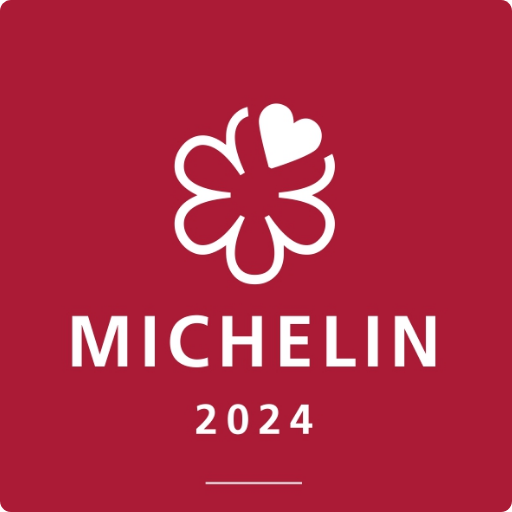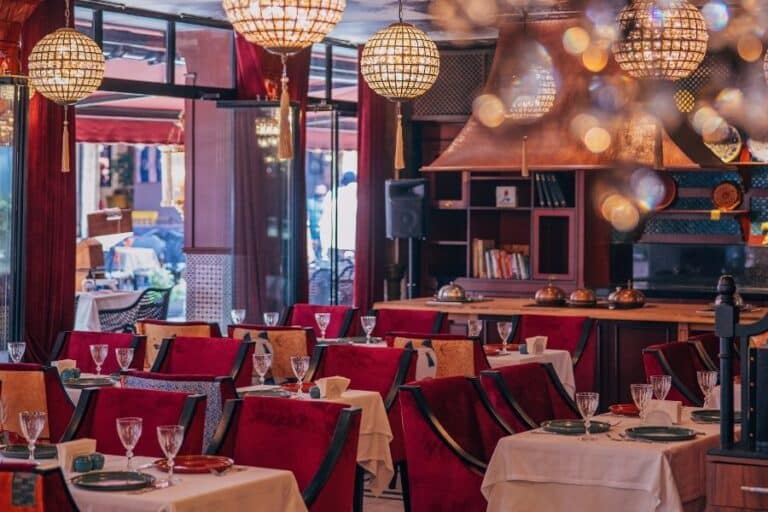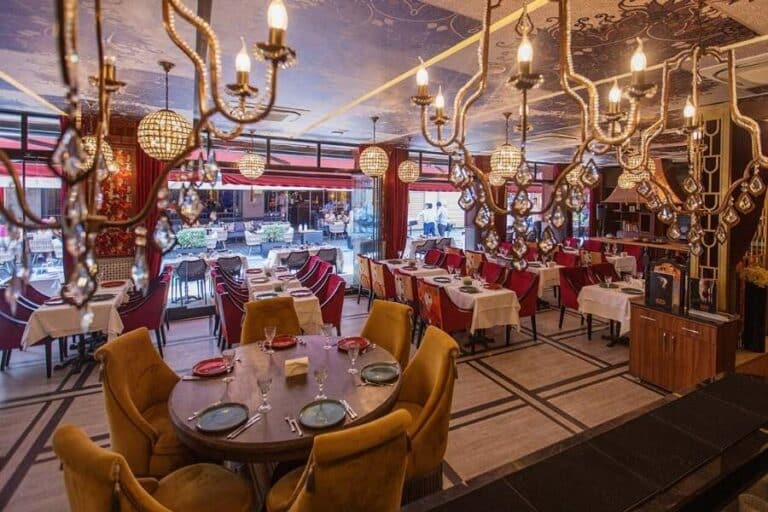Ottoman palace cuisine is one of the greatest treasures of the Ottoman Empire, one of the largest empires in history, which has hosted many different cultures for centuries. The richness of these cultures has contributed to the development and enrichment of Ottoman Cuisine with its food and cuisine cultures. The management of such a vast empire was respected by showing respect and tolerance to the culture and daily habits and life of the lands under their sovereignty. The Ottoman cuisine, like the empire, is large, majestic, and impressive. Ottoman food culture is deep, layered, and unique. This blended culinary culture is long and intriguing.
Ottoman cuisine developed especially in the Ottoman Palace Cuisine. Ottoman Palace Cuisine is still recognized as one of the most important cuisines not only within the Ottoman Empire but also among the world cuisines. With its rich ingredients, sophisticated techniques, and special dishes, Ottoman Palace Cuisine has gained a wide reputation.
One of the most important features of Ottoman Palace Cuisine is that not only the taste of the food but also its presentation is very important. The dishes were prepared according to the shape, size, and decoration of the plates on which they were served, and special attention was paid to the presentation of the dishes. In Ottoman cuisine, the beautiful presentation and visual appeal of the food were important.
While the Ottoman Palace Kitchen was adorned with such care and details, of course, it had its own unique order and sections. The kitchen that houses these sections is called Matbah-ı Amire and was built during the reign of Sultan Mehmet the Conqueror. This giant kitchen is located in Topkapı Palace and spreads over an area of 5250 square meters. Apart from the cooking sections, this kitchen also includes a pantry, cooks’ and sous chefs’ wards, a fountain, a mosque, and a bathhouse.
The Ottoman palace kitchen had three main sections: the Kuşhane Kitchen, where Sultan’s meals were cooked, the Has Kitchen for the harem and the viziers of the divan, and the Valide Sultan Kitchen, where meals were cooked for the high-ranking women of the harem. Apart from these three main sections, the palace kitchen included 6 other sections. A team of 60 cooks and 200 sommeliers working under them would work in these departments: dough makers, simit makers, kebab makers, vegetable makers, pilaf makers, and dessert makers.
The Ottoman Palace Cuisine included delicious dishes with ingredients from different parts of the world. The cuisine was also famous for its special dishes, and among these dishes prepared by famous chefs, flavors such as stew, pilaf, kebab, dolma, baklava, halva, and Turkish delight were widely known.
Content Suggestion >> Eat Special Ottoman Dishes at Deraliye Restaurant
Seafood and Oils in Ottoman Cuisine
Although it is thought that fish consumption was low in the Ottoman Palace Cuisine, many fish and seafood played an active role in this cuisine. Especially Fatih Sultan Mehmet was fond of seafood.
Olive oil was also used as medicine and butter and tail fat was preferred for cooking. Tomato paste was not very common and tomatoes entered Ottoman cuisine quite late. Tomatoes were replaced by spices and sauces.
Ottoman Culinary Culture and Table Traditions
Ottoman cuisine is famous not only for its food but also for its food culture. The cultural diversity of the Ottoman Empire also affected the food culture.
In the Ottoman Empire, where table manners had a very important place, the order and type of the dishes to be served, and the order in which the guests would eat which dishes and how they would eat them were included in these table manners. Even if these rules were not written down, they were known and practiced by everyone.
In the Ottoman Empire, even if all the food on the table was tasted, no meal was ever completely finished, this was considered a shame. The food was served to the table very quickly. One could never speak during the meal, it was considered disrespectful to do so. One did not sit down to a meal before the host and did not leave the table before the host. Likewise, the meal was not started before the host. It was considered shameful to take large bites of bread and food.
Similarly, when eating, the spoon was not inserted completely into the mouth, but the tip of the spoon was used to drink or eat politely. It was also not acceptable to stare at people’s faces for a long time at the table. If everyone had finished eating, the meal was not continued, and if it was, it was considered shameful. In the Ottoman Empire, where coffee culture was very strong, it was also considered a shame to make noise with your mouth while drinking coffee. The water was not drunk too fast. The spoon was very important and everyone would take their spoon with them when they went out to eat. In the kitchen, where sherbet was important, sherbet was not drunk until the end.
Some Flavors from Ottoman Cuisine
Ottoman Cuisine is home to many delicious dishes. Some of the prominent dishes can be listed as follows:
- Imam Bayildi
- Dry Beans (Kuru Fasulye)
- Pilaf (Pilav)
- İcli Kofte
- Kebab
- Baklava
- Sherbet
- Turkish Delight
- Dolma
- Soup








